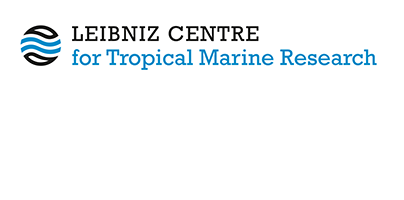High dissolved organic carbon release by benthic cyanobacterial mats in a Caribbean reef ecosystem.
Brocke, Hannah J., Wenzhoefer, Frank, de Beer, Dirk, Mueller, Benjamin, van Duyl, Fleur C. and Nugues, Maggy M. (2015) High dissolved organic carbon release by benthic cyanobacterial mats in a Caribbean reef ecosystem. Scientific Reports, 5 (1). DOI https://doi.org/10.1038/srep08852.
|
Text
Brocke.pdf - Published Version Available under License Creative Commons: Attribution 4.0. Download (747kB) |
Abstract
Benthic cyanobacterial mats (BCMs) are increasing in abundance on coral reefs worldwide. However, their impacts on biogeochemical cycling in the surrounding water and sediment are virtually unknown. By measuring chemical fluxes in benthic chambers placed over sediment covered by BCMs and sediment with BCMs removed on coral reefs in Curaçao, Southern Caribbean, we found that sediment covered by BCMs released 1.4 and 3.5 mmol C m−2 h−1 of dissolved organic carbon (DOC) during day and night, respectively. Conversely, sediment with BCMs removed took up DOC, with day and night uptake rates of 0.9 and 0.6 mmol C m−2 h−1. DOC release by BCMs was higher than reported rates for benthic algae (turf and macroalgae) and was estimated to represent 79% of the total DOC released over a 24 h diel cycle at our study site. The high nocturnal release of DOC by BCMs is most likely the result of anaerobic metabolism and degradation processes, as shown by high respiration rates at the mat surface during nighttime. We conclude that BCMs are significant sources of DOC. Their increased abundance on coral reefs will lead to increased DOC release into the water column, which is likely to have negative implications for reef health.
| Document Type: | Article |
|---|---|
| Programme Area: | PA Not Applicable |
| Research affiliation: | |
| Refereed: | Yes |
| Open Access Journal?: | Yes |
| DOI: | https://doi.org/10.1038/srep08852 |
| ISSN: | 2045-2322 |
| Date Deposited: | 27 Oct 2025 19:16 |
| Last Modified: | 27 Oct 2025 19:16 |
| URI: | https://cris.leibniz-zmt.de/id/eprint/5903 |
Actions (login required)
 |
View Item |





 Tools
Tools Tools
Tools